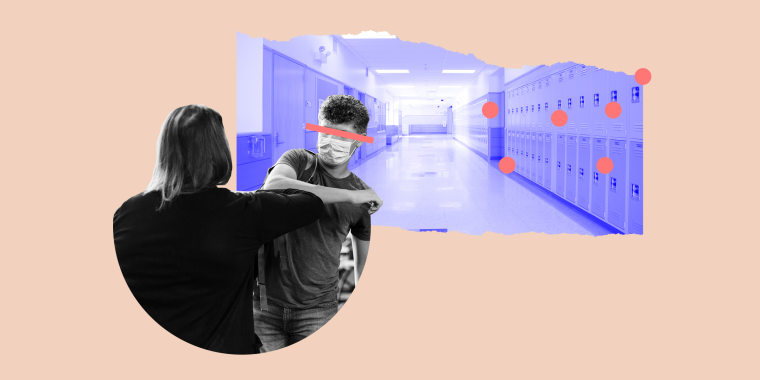As government officials, school administrators, teachers and parents grapple with the potential return to school this fall, one group says they feel that they aren't being included in the conversation: Parents of children with disabilities.
Many children with disabilities receive additional support and therapy through their school or learning program. In addition to the structural support, parents and experts say that children with disabilities also benefit from being around peers their age and having a daily routine.
Eileen Shaklee said that the abrupt changes brought on by the coronavirus pandemic have strongly affected her 16-year-old son, who was diagnosed with autism as a toddler.
"The lack of structure, the lack of routine, has been so detrimental," she said. "I feel like all the work we've ever done since he's been diagnosed around 2 with autism, basically went out the window within months.”
Difficulty adjusting to remote work
Many of the parents interviewed for this story said that their children had difficulties adjusting to remote schoolwork.
“My kid hates even talking to his favorite aunt on FaceTime. You expect him to sit in on a Zoom class...? It doesn’t work," said Rachel Ingrisano, whose 5 year old was diagnosed with autism last year. “Distance learning barely worked for neurotypical children, let alone children that have disabilities.”
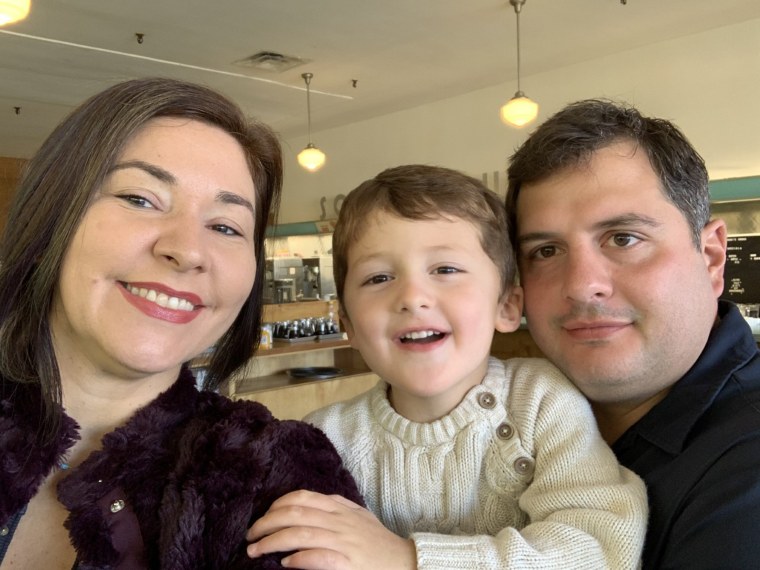
Courtney Perry, a single mom who lives in New York and has one son, who has autism and is non-verbal, said that the virtual instruction has been "fine" but her son is no longer making any progress in his learning.
"It feels like we're treading water in terms of the progress we could be making," Perry said.
"I don't want to say we were just kind of thrown out on our own, but in a way we were in a lot of ways, we just heard from the teacher maybe once a week," said Shaklee, who lives in New Jersey. "We were emailed things to do with our kids. My son is a very social. Believe it or not, even with his autism he's social being, and that seeing his classmates, that love he had for school went out the window completely because it was not a school...he was very quick to tell me this is not school."
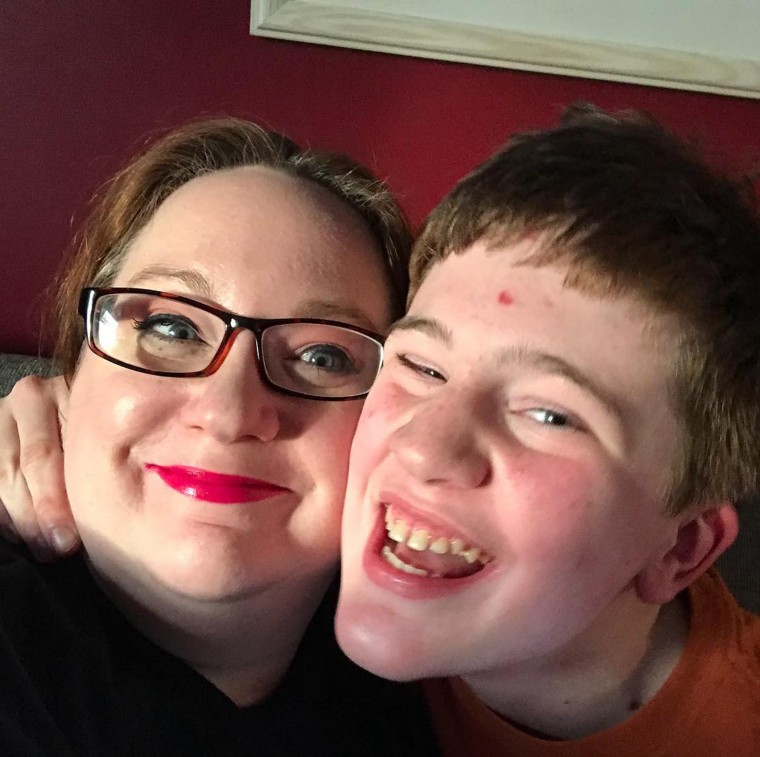
Mental health and therapies less accessible remotely
In many cases, "critical" therapies and additional support were also provided over Zoom, which parents said was difficult for their children.
The Individuals with Disabilities Education Act (IDEA) is a federal law that ensures students with a disability are provided with free, "appropriate" public education that is "tailored to their individual needs."
"Schools do a lot more for students with disabilities — they do more than teach," said Jennifer Sando, a Florida mother of three children with autism. "They’re like a lifeline."
The IDEA stipulates that any student with a disability be supplied with a plan "designed to meet the unique needs of that one student." Psychologists, licensed counselors, and school guidance counselors can all be involved in these plans. School-provided therapies can vary based on state and district guidance, and some schools have more strict requirements than others. In general, students are able to access a wide range of therapies through their public schools.
Multiple parents said that the changes in routine upset their children. Perry said that while therapies were provided over Zoom and her son seemed to engage with them, they were provided less frequently than they were in person, going from 25 hours a week to less than 16 hours a week.
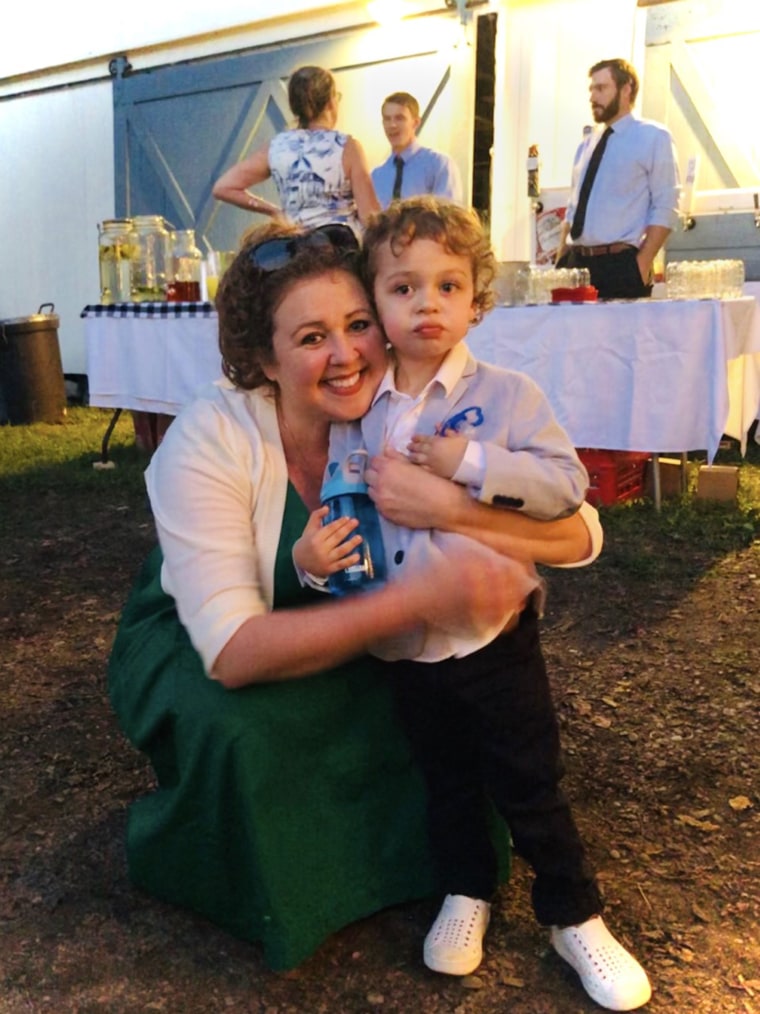
Hannah Etedgi, a mother in New York whose oldest child has autism, said that her son went from doing 35 hours of applied behavioral analysis therapy a week to doing none, and said that she worried Individualized Education Plans (IEPs) would not be honored in the fall.
"He’s lost it all, and it’s upsetting," Etedgi said. "It’s upsetting when you see your 3-year-old (who is neurotypical) surpassing the 5-year-old. I know you’re not supposed to compare children, but it’s upsetting."
Multiple lawsuits have been filed against states and school districts have been filed during the pandemic, according to NPR, due to missed therapies, changed IEPs, and other problems with remote learning. In March, a fact sheet from the U.S. Department of Education suggested that in the fall, school shoulder consider providing "compensatory services" if children with disabilities do not return to the classroom.
Multiple mothers also said that they had had to take time off work or leave work completely to help their children during this time, since their children would rarely engage in therapies or schoolwork if left unsupervised. During the pandemic, reporting shows that mothers in general are carrying more of a "mental load," including doing more childcare, potentially at the expense of their careers.
"(My daughter) needs one-on-one care," said Sarah Skrobosinski, whose 7-year-old daughter has autism and typically gets three different therapies each day. "It's not possible for me to work from home. And I know that's the expectation ... but that's just not even close to reality for us."
Concerns about classroom guidelines
Multiple groups, including the American Academy of Pediatrics (AAP) recommend having students with disabilities return to school in the fall, where safe. Newly released guidelines from the Centers for Disease Control and Prevention (CDC) emphasize having children with disabilities return to the classroom.
"Children with disabilities may not have access through virtual means to the specialized instruction, related services or additional supports required by their Individualized Education Programs (IEPs) or 504 Plans," said the agency in a statement accompanying the new guidelines.
Multiple parents said that while they hoped their children could return to school this year to regain their access to necessary therapies and socialization, they were worried that their children would have difficulties following safety guidelines.
"Keeping (a mask) on is a struggle," said Sando. "I'll turn around and (my daughter) is chewing on it and taking it off."
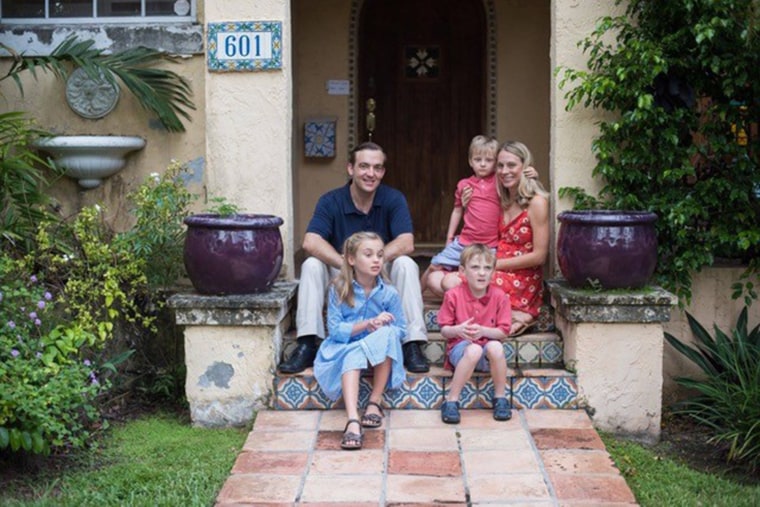
Not all schools will require students with disabilities to wear masks, since many classrooms for students with disabilities are smaller, with less than a dozen students per room and more teachers or aides available. However, some students who would typically rotate between a classroom for children with disabilities and a standard classroom may now spend all day in the smaller classroom.
"Even if (my daughter) can go back to school full-time, I'm still considering home school," said Skrobosinski, who said that her daughter usually splits her day between the classroom for students with disabilities and the standard classroom. "I'm concerned that she will be in one classroom instead of switching between specialty classes and gen ed classrooms; she does well being in a room with other kids and peer modeling from neurotypical children."
One mother, Loren Busby, said that she's been surprised to see her 13-year-old son with autism adjust well to measures like social distancing and mask-wearing while attending a summer school program.
“Going to school entails having to wear a mask, entails not having some of his friends in class with him, entails him having to wash his hands incessantly and have a smaller classroom," she said. "All of these constraints, and he still is much happier than at home."
Shaklee said that so long as cases of the virus remain low in her area, she plans on sending her son to school this fall.
"I have a lot of people who are asking me, 'Aren't you scared?' and I'm like, 'Of course I am, but I'm scared if I go to the supermarket, I'm scared when I go to Walgreens, but I cannot live without going there, and it's the same for him.' He shouldn't be denied what will support him and help him live."
